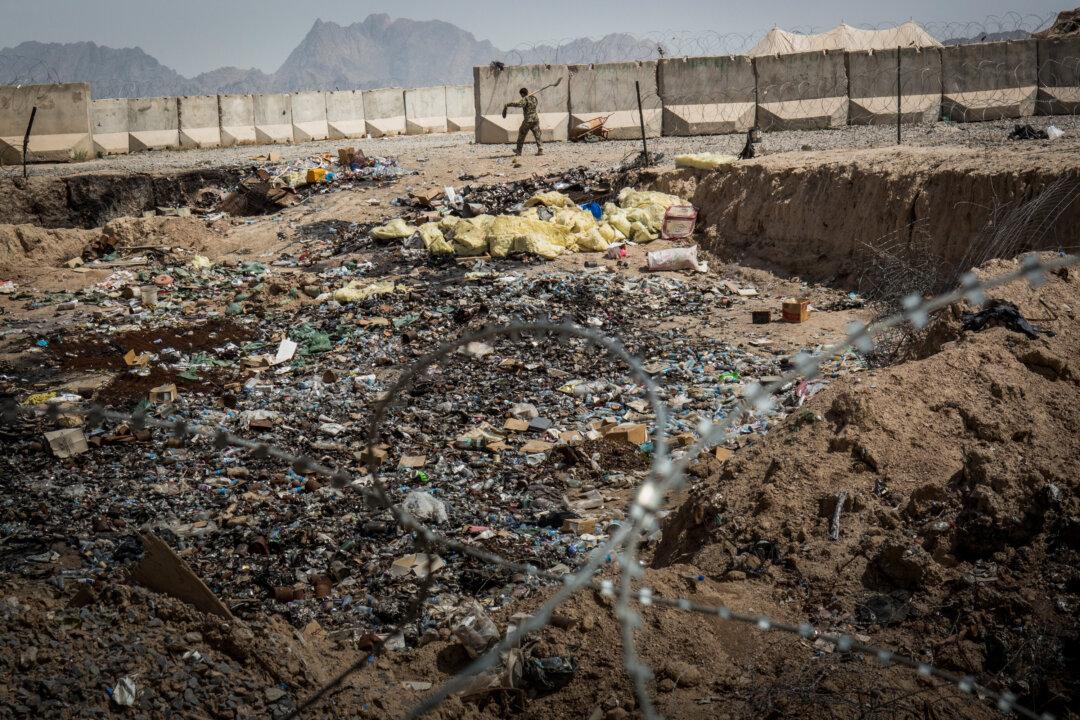Experts testified at a Senate Armed Services Committee hearing on March 16 about the long-term health effects of exposure to burn pits that used jet fuel to incinerate medical waste, chemicals, human waste, and other trash at U.S. military installations during the First Gulf War and subsequent wars in Iraq and Afghanistan.
The hearing coincided with a new proposal from Sen. Kirsten Gillibrand (D-N.Y.), chair of the SASC’s subcommittee on personnel, that would provide Department of Veterans Affairs (VA) care to U.S. service members with a myriad of serious diseases who worked on bases that used burn pits.





